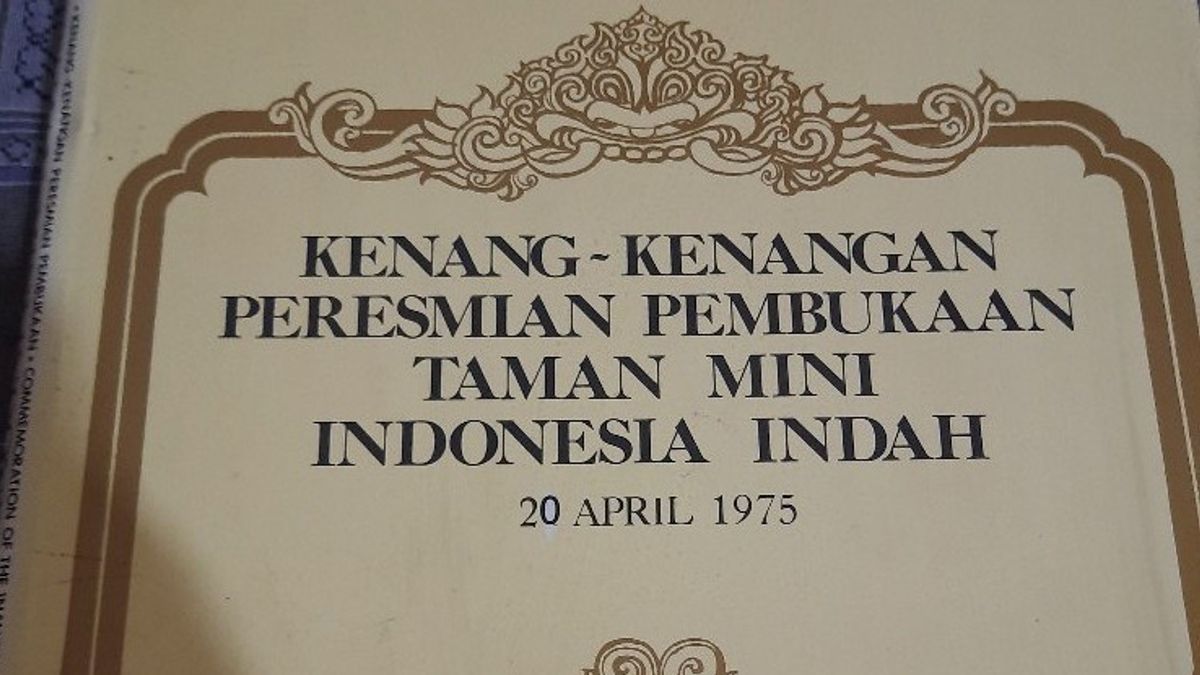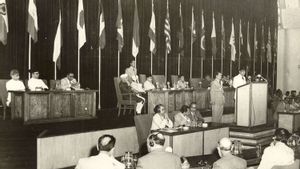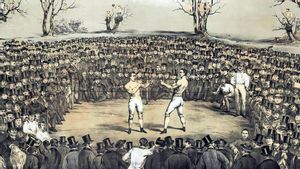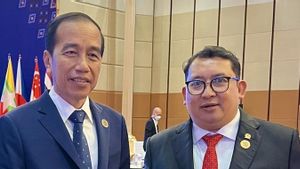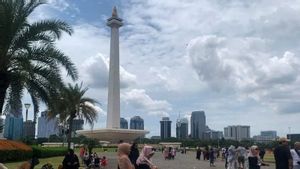JAKARTA - On April 20, 1975, Indonesia celebrated an important moment in tourism history with the inauguration of Taman Mini Indonesia Indah (TMII) by President Soeharto. Located in East Jakarta, TMII is designed to be a recreational park that depicts the diversity of Indonesian culture and customs.
The concept of TMII stems from the idea of Mrs. Tien Soeharto, who wanted to present the rich culture and customs of Indonesia in a form that is easily accessible to the public. The project was undertaken by renowned architect, R.M. Soedarsono, who succeeded in combining traditional architectural elements from all over Indonesia into one beautiful recreational park.
After completion, TMII is equipped with various interesting facilities such as giant statues, small gardens, traditional buildings, and museums that showcase Indonesian culture and heritage. This recreational park also has an artificial lake that surrounds an area of 150 hectares, and presents a variety of interesting attractions, such as traditional dances, folk games, and others.
“This park is part of our national development. This park is an addition to our national wealth. This park is a small Indonesia, which fully describes a large Indonesia," said President Soeharto in his speech at the inauguration of TMII, Sunday evening April 20 1975 as quoted by Kompas.
Soeharto di Disneyland, 31 Mei 1970. pic.twitter.com/QOZDzBgYyr
— Potret Lawas (@potretlawas) May 30, 2019
The inauguration of TMII was not only attended by Indonesian officials, but also guests from abroad. It was noted that there were two important guests present, namely the First Lady of the Philippines, Imelda Marcos and the wife of the President of Singapore, Yeoh Seh Geok Sheares. The ceremonial inauguration of TMII was attended by at least 10 thousand people.
The idea for TMII came from Mrs. Tien Soeharto. The inspiration emerged after Mrs. Tien visited Disneyland in Anaheim, California on May 31, 1970. At that time, Mrs. Tien accompanied President Suharto's state visit to the United States.
Mrs. Tien wanted to highlight the Indonesian spirit in the tourism vehicle she wanted to build. The idea to build TMII was immediately realized after Mrs. Tien returned from the visit to Disneyland.
TMII controversy
Even though it was initiated by the First Lady, it doesn't mean that TMII's development plan went smoothly. The plan met with opposition from students, who were keen to protest. The protests arose after the public learned that the construction of TMII cost Rp. 10.5 billion, which was considered very large at that time.
At that time, President Soeharto was keen to convey suggestions for a concerned life, because Indonesia's economy was not yet good and the poverty rate was high. Suharto also emphasized the matter of national development priorities.
Despite the protests, the construction of TMII continued until the end. However, Mrs. Tien, as the initiator, did not easily forget those who opposed her idea. When delivering his remarks at the inauguration of TMII, he mentioned the protest.
“For those who agree, I thank you because it encouraged me to start this task. For those who don't agree, I also thank you because the disagreement is intended so that we don't make mistakes and it encourages us to work more carefully,” said Mrs. Tien in her speech.

Now 48 years after it was inaugurated, TMII is still a favorite tourist destination for local and foreign tourists. TMII is a center for cultural and educational activities for Indonesian children. Through TMII, Indonesia can introduce cultural diversity and customs from all over Indonesia, and help maintain Indonesia's traditional cultural and artistic heritage so that it remains sustainable.
Taman Mini Indonesia Indah, which is now being managed by the Government of Indonesia through the Indonesian Ministry of State Secretariat after being taken over from the Harapan Kita Foundation in 2021, is still a popular tourist destination and continues to strive to improve the facilities and attractions it offers. TMII has become an important part of Indonesian tourism history and continues to function as a place to promote Indonesia's rich culture and customs to the world.
VOIR éGALEMENT:
The English, Chinese, Japanese, Arabic, and French versions are automatically generated by the AI. So there may still be inaccuracies in translating, please always see Indonesian as our main language. (system supported by DigitalSiber.id)
